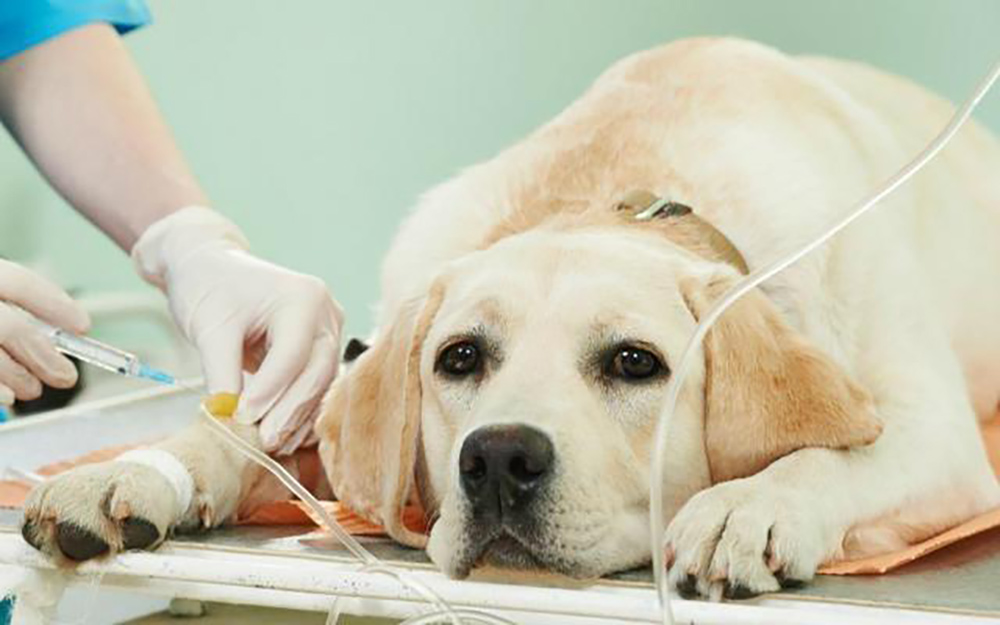By Heidi Clayton
Having a plan in place in the event of a veterinary emergency will save valuable time during the crisis that could save your life and prevent a great deal of stress and panic. While Google and smartphones can make finding a vet that takes emergency appointments easier, you may face a situation where you will need to just get your dog into the car. You may not be able to focus on driving safely and finding an open vet office when in crisis mode.
I frequently get calls from clients who are on the fence as to whether or not their dog is having an actual emergency. I tell people if they are worried and won’t stop worrying about the issue until they can see their regular vet, it’s an emergency. It may turn out not to be an emergency once you get to the ER, but only you can decide what is best for your dog. Emergencies can include severe diarrhea or vomiting for extended periods of time, vomiting of undigested food, dehydration, broken bones, non-weight-bearing on limbs, severe bleeding from an orifice where blood should not be coming from, wounds that will need sutures to stop bleeding, and anything you suspect is a seizure.
If you live in the area, the first thing to do during normal business hours is to call your regular vet. Most practices have time set aside for emergency appointments or will accommodate a client with whom they have a relationship. They may refer you to a 24-hour emergency room if they feel that your issue will require hospitalization. Some practices only have surgery teams on hand on specific days. They may not have supplies like blood on hand if needed for a transfusion or have orthopedic tools such as rods or plates handy to get the job done. If you feel your dog won’t make it to the hospital, you can always visit an emergency clinic to get them stable before making the trip. Last November, my 12-year-old dog suddenly collapsed. I rushed him to Linwood Animal Hospital. Once there, it was determined that he had a rupturing splenic tumor. He might need a blood transfusion that they would at the time be unable to do. The ER doctor stabilized him and contacted the surgeon at Mt. Laurel Animal Hospital and apprised them of the situation, saving me valuable time in getting him treatment.
There is a difference between 24-hour vet care and 24-hour nursing care. An emergency hospital such as Mt. Laurel staffs veterinarians on a 24-hour basis. To the best of my knowledge and research, the vet practices in our area that offer emergency care close at midnight. However, they do offer 24-hour vet tech/nursing services should your dog require hospitalization and will have a vet on call should it be needed. It is a good idea to ask your regular vet where they refer their clients after hours and keep that number handy.
The most important part of any emergency with your dog is to remain calm and focus on getting your dog to the nearest preselected vet clinic. Having a plan in mind before a crisis happens could save your dog’s life.
If you have any questions, please feel free to email me at heidi@fouronthefloordogtraining.net.
Heidi Clayton started Four On the Floor Dog Training to provide positive, reward-based dog training in South Jersey. She breeds, trains and shows bull terriers under the SoraBully’s Bull Terriers kennel name. Email questions to heidi@fouronthefloordogtraining.net or learn more at https://fouronthefloordogtraining.net










